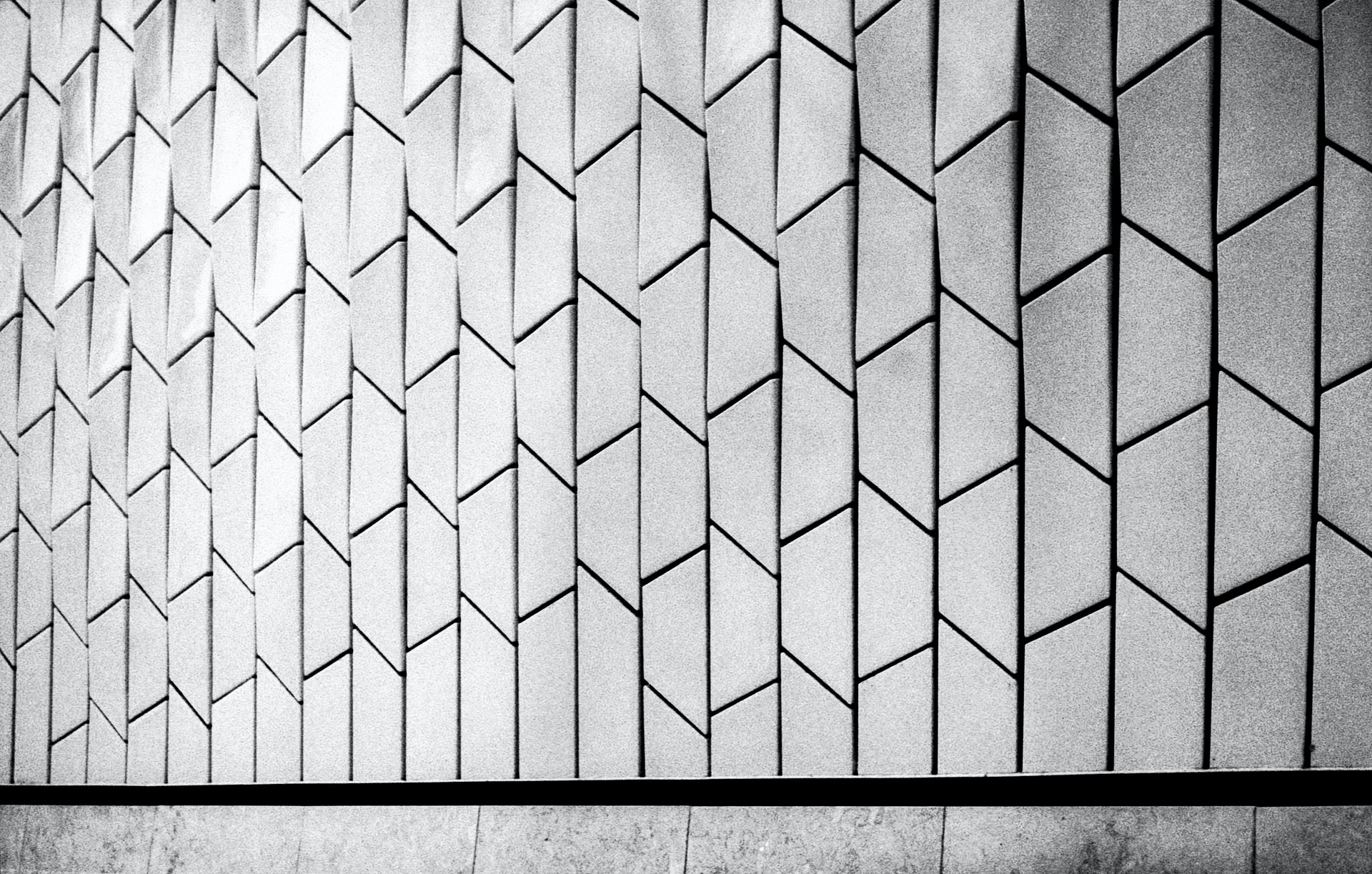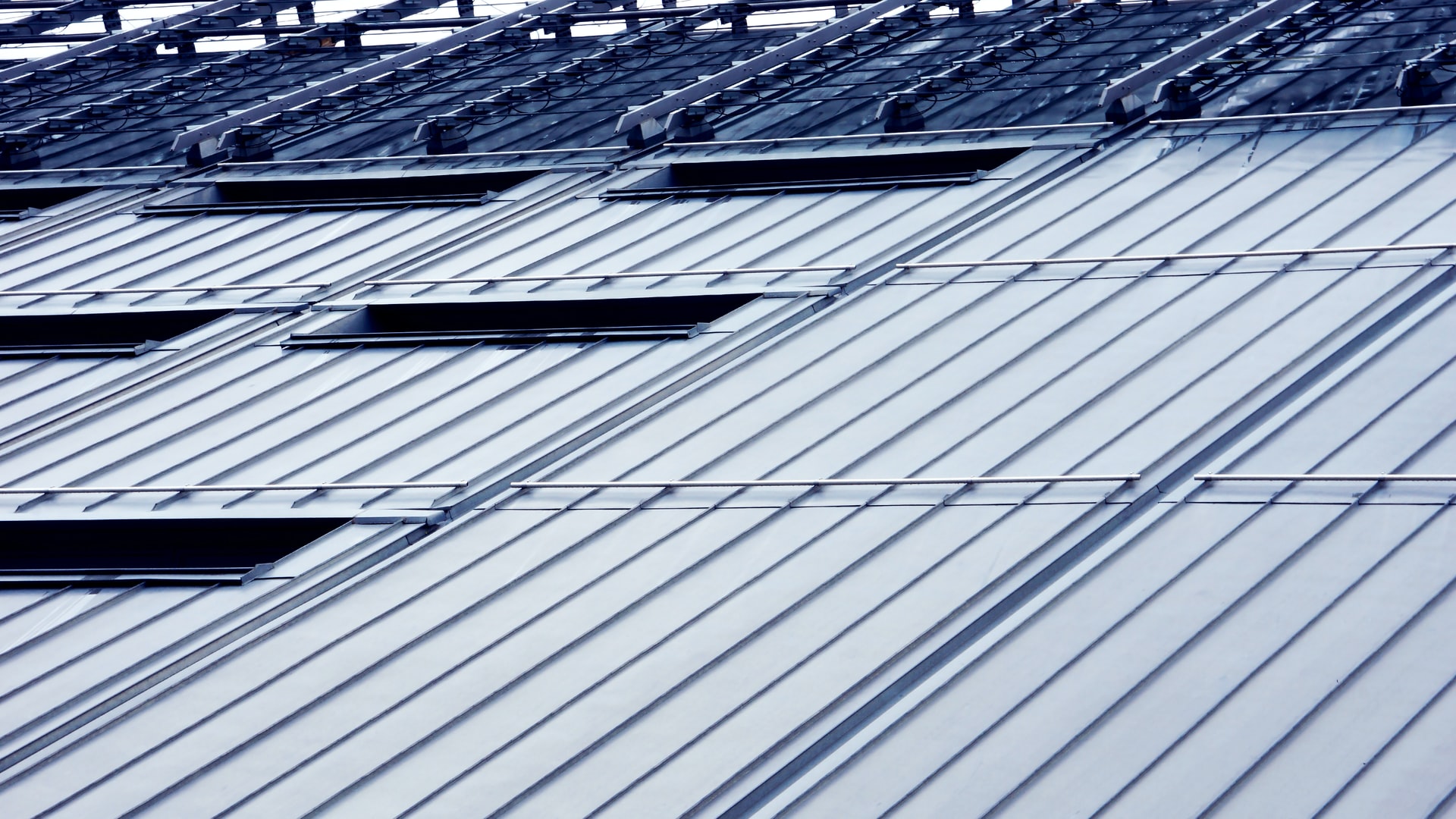Let’s start with essential components to comprehend better a metal roof and how it functions. A glossary of roofing words and explanations of typical items. What do you mean by a metal roof? What are the different types of accessories? And what do they do? Underlayment is the substance that sits beneath the metal’s surface.
It protects against water, moisture, ice, extreme temperatures, and gas vapors by using panels. On the roof deck, underlayment is usually mechanically put or self-adhered with a glue backing. Underlayment comes in a wide variety of forms. Felt, synthetics (polypropylene or polyethylene), and fully bonded peel-and-stick are all common materials for stickers.
Clips:
Metal roof panels are attached to the deck with fasteners. The bottom panel’s standing seam gets clips attached to it. And fasteners are used to secure it to the roof. The bottom panel holds the clip in place, while the top forum covers it up. Both panels are joined mechanically or by snapping them together, to attach them to the building.

Fasteners:
While installing a metal roof, fasteners are utilized to secure the roof deck to the metal roof. If you’re using rivets, you’ll need a particular rivet gun to put them in.
Sealant:
During installation, adhesives keep out water, dirt, wind, and other undesirable elements. Chemicals that may squeeze into small crevices, ensuring that the roof is entirely weatherproof.
If silicone or polyurethane is used, sealants will come out of the tube as a flexible sealing compound that cures when applied. To match the roof panels, most sealants come in a variety of colors.
Components Of Metal Roofing:
Roll Forming Equipment
The equipment used in rolling out the product. It is responsible for shaping the coil into separate panels by stretching and compressing it. Two metal panels are joined at the side rib by a seam (SEAM).
Roll formers are used to create seams, which are then either snapped together or mechanically sewn.
Panels:
Panels are metal coils that have been rolled into various shapes. Ribbing structures and are ready to be sewn together to make a roof with the specified contour.
A Metal Coil Is A Long Continuous Metal Roll That Has Been Treated:
They are painted with a thick layer of enamel. There are two basic types of metal roofing materials, coil, and sheet. And installed as a panel after being made into a roll.
Metal Panels Formed Into A Profile Shape:
The profiles dictate how well the panels will fit together and how they will interconnect.
Metal Roof Components:
Fascia:
The trim below the roof goes around the outside of a building to keep water out. An extension of the fascia that directs water into the gutter and away from it is a DRIP EDGE. It is the part of the roof that extends past the wall on which it rests.
Accessories For Installing Metal Roofing:
Sealing cracks and seams on metal roofs are common for butyl tape, which works similarly to the sealant. On top of all that, it’s typically utilized for trimming. In contrast to sealants, this is a tape that compresses to make a tight seal.

A CLAMP is a small metal element that tightens and attaches to the standing seam of the metal roof. The top of these clamps has screws for attaching additional roofing materials, such as a snowplow.
Retention systems, solar panels, satellite dishes, signage, air conditioners, and so on are examples of additional equipment. Pipe boots are the cone-shaped fittings put around roof-mounted exhaust pipes.
EPDM rubber is often used to construct these products (silicone is also available for high-temperature applications). It is possible to buy a pipe boot in a color that matches the roof, and it will be cut to fit the diameter. The exhaust pipe and the metal surface are sealed together after that.
If you need a certified roofing firm to install or repair your roof, call Affordable Roofing MD at (301) 756 1753. Please contact us as soon as possible to receive a free estimate!

